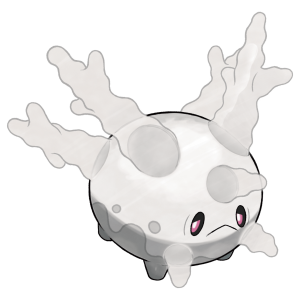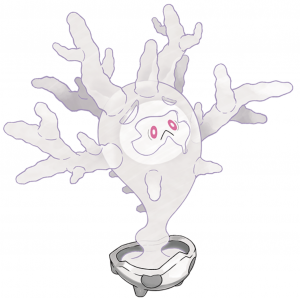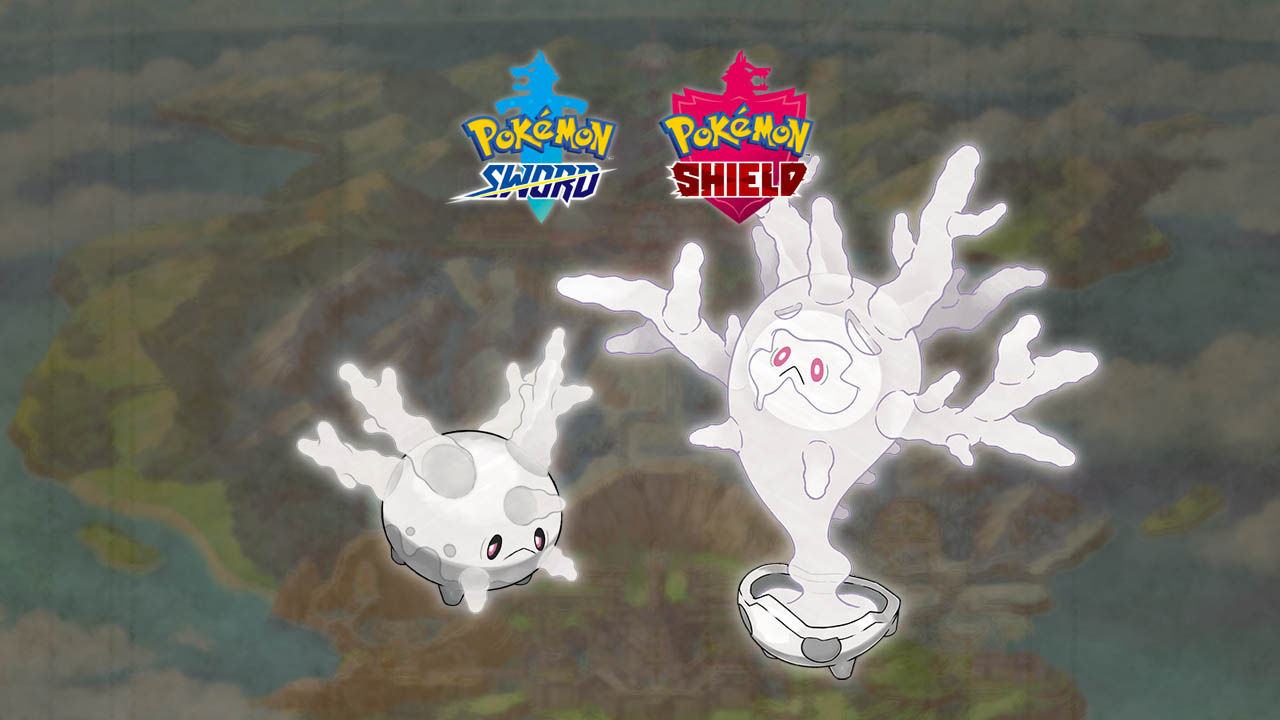In this recurring series, I’ll analyze the origins of Pokémon designs, their culture, and their historical allusions to British culture.
Galarian Corsola

Corsola was introduced more than twenty years ago in Johto. It has the classification as the ‘Coral Pokémon’. It was cute, with a Water/Rock-typing and a pink coloration. Its design was based on precious coral, a colorful type of coral.
What is coral? While they might seem like rocks, they are actually living animals that live in communities of individual creatures known as polyps. They secrete calcium carbonate to form a hard body, the same material that makes up pearls and snail shells.
Since Corsola’s introduction in 1999, we have seen an unfortunate and alarming trend throughout many coral reefs called bleaching. Rising ocean temperatures cause coral polyps to break their symbiotic relationship with the algae in these ecosystems. This causes the color to fade and can cause their skeletons to break down.
Coral reefs have been devastated by warming climate. Researchers in Australia found that, within the last quarter-century, the Great Barrier Reef has lost half of its coral populations.
All of this acts as a backdrop to what we’ve seen in Galar. The changing climate has caused these coral Pokémon to die. It is now a pure Ghost-type. Its weight has changed from 11 pounds to 1.1 pounds.
Galarian Corsola has become desaturated and its branches are now illusions that seal the holes in its body. We saw this coming, as the Pokédex entry in Emerald suggested:
Corsola live in warm southern seas. If the sea becomes polluted, the beautiful coral stalks become discolored and crumble away in tatters.
Now, Corsola has become bleached and acts as a leech to other Pokémon in its environment.
Watch your step when wandering areas oceans once covered. What looks like a stone could be this Pokémon, and it will curse you if you kick it.
Sudden climate change wiped out this ancient kind of Corsola. This Pokémon absorbs others’ life-force through its branches.
Cursola

Galarian Corsola has a unique evolution called Cursola, which it achieves at level 38. Its name is a combination of “Corsola” and “curse”, a rare example of a Pokémon’s name deriving from a Pokémon’s name.
Cursola’s shell has now grown so weak that it has shattered. As such, its spirit now emanates out. Its ectoplasm surrounds its head and forms the illusion of coral branches. In this form it has a great deal of ghostly energy.
Its shell is overflowing with its heightened otherworldly energy. The ectoplasm serves as protection for this Pokémon’s core spirit.
Be cautious of the ectoplasmic body surrounding its soul. You’ll become stiff as stone if you touch it.
The Pokémon website provides more details on Cursola, describing its relationship with the full moon:
Cursola gather on the night of the full moon and fire off their branches toward the sky. There are various theories on why they might do this—ranging from it being a way to release the energy they’ve absorbed from others to it being a form of communication between Cursola—but the true reason is still unknown. Regardless, it is a fantastic and beautiful sight to behold.
Conclusion
Communication between Cursola may suggest that they are not yet actually gone. In fact, the coral reefs around the world can still recover. Studies conducted on reefs in the Mediterranean Sea show that corals have not completely died. If waters can be cleaned and the temperature can reduce, they saw that corals were able to regrow and recover. If this can happen before the polyps die, the reefs will not break apart.
Organizations exist for this like the Coral Reef Alliance have been formed in order to address this issue. They perform conservation work and promote education on how critical coral reefs are to global oceanic ecosystems. It is a non-profit organization that seeks donations to continue operating.
Galarian Corsola is a reflection of today. Bleached coral is something that has been observed in reefs around the world, and it is happening more today. Yet we do not need to accept this. There is time to save these reefs and these ecosystems.
Let us know what you think of Corsola’s Galarian form and it’s unique regional evolution in the comments below or on Discord!

